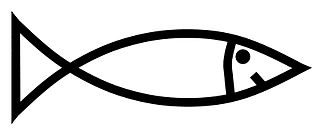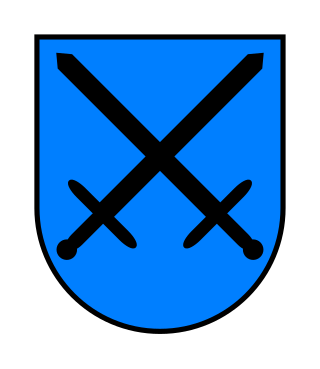The German 206th Infantry Division, was a military unit that served during World War II. Like most German infantry units it had no motorization, and relied on leg and horse mobility.

The 218th Infantry Division (218.Infanterie-Division) was an infantry division of the German Army that served in World War II.

The 13th Panzer Division was a unit of the German Army during World War II, established in 1940.

The 61st Infantry Division was a combat division of the German Army during the Second World War. Towards the end of the war, it became the 61st Volksgrenadier Division.

The 32nd Infantry Division of the German Army was mobilized on 1 August 1939 for the upcoming invasion of Poland. At that time, it consisted of the usual German Infantry Division elements: three infantry regiments of three battalions each, one three-battalion regiment of light artillery, one battalion of heavy artillery, a Panzerjäger (anti-tank) Battalion, a reconnaissance (Aufklärungs) Battalion, a Signals Battalion, a Pioneer (Engineer) Battalion, and divisional supply, medical, and administrative units.

The 216th Infantry Division was a German Army division that was created during the Second World War; it was active from 1939–1943. It served on the Western Front in 1940 and later took part in the Eastern Front campaign, being involved in the disastrous Battle of Kursk.

The 15th Infantry Division was an infantry division of the German Army during the interwar period and World War II, active from 1934 to 1945.

The 35th Infantry Division was a German Army infantry division in World War II.

The 267th Infantry Division was a German division in World War II. Called the 'Horsehead' division because of its emblem, it took part in the Invasion of France in 1940, and Operation Barbarossa in 1941. The division was encircled and destroyed in July 1944.

The 197th Infantry Division was a Wehrmacht division in World War II. It was activated on 1 December 1939.

The 81st Infantry Division was an infantry division of the German Army during World War II. It was active from 1939 until 1945 and served primarily on the Eastern Front.

The 205th Infantry Division was a German infantry division of the Heer during the Second World War. It was initially known as the 14th Landwehr Division.
In the German Wehrmacht before and during World War II, infantry divisions were raised as part of a designated Aufstellungswelle or Welle (wave), sometimes translated as "draft". The Aufstellungswelle system was adopted by the Wehrmacht in late 1938. Peacetime units were the first wave, and 34 other waves followed until the 35th wave in April 1945. Several types of divisions were organized by Aufstellungswelle, including infantry, security, shadow and Volksgrenadier divisions.

The 62nd Infantry Division was an infantry division of the German Heer during World War II. It was formed in Wehrkreis VIII (Silesia) in August 1939. After heavy casualties in March 1944, it was first briefly reassembled in August 1944 and then reorganized into the 62nd Volksgrenadier Division, formed from units assembled for the planned 583rd Volksgrenadier Division, on 22 September 1944. The dissolution of 62nd Infantry Division was declared on 9 October 1944. 62nd Volksgrenadier Division remained operational until it was trapped in the Ruhr Pocket and forced to surrender by American forces in April 1945.

The 211th Infantry Division was a German infantry division of the German Heer during World War II, active from 1939 to 1944.

The 223rd Infantry Division was an infantry division of the German Heer during World War II.

The XXVI Army Corps was a Wehrmacht army corps during World War II. It existed from 1939 to 1945. It was also known as Corps Wodrig during the Invasion of Poland.
The 160th Infantry Division was an infantry division of the German Heer during World War II. The unit, at times designated Commander of Reserve Troops X, Commander of Reserve Troops X/I, 160th Division, Division No. 160, and 160th Reserve Division, was active between 1939 and 1945.

The 263rd Infantry Division was an infantry division of the German Heer during World War II.
The 190th Infantry Division, initially known as Division No. 190, was an infantry division of the German Heer during World War II.
















